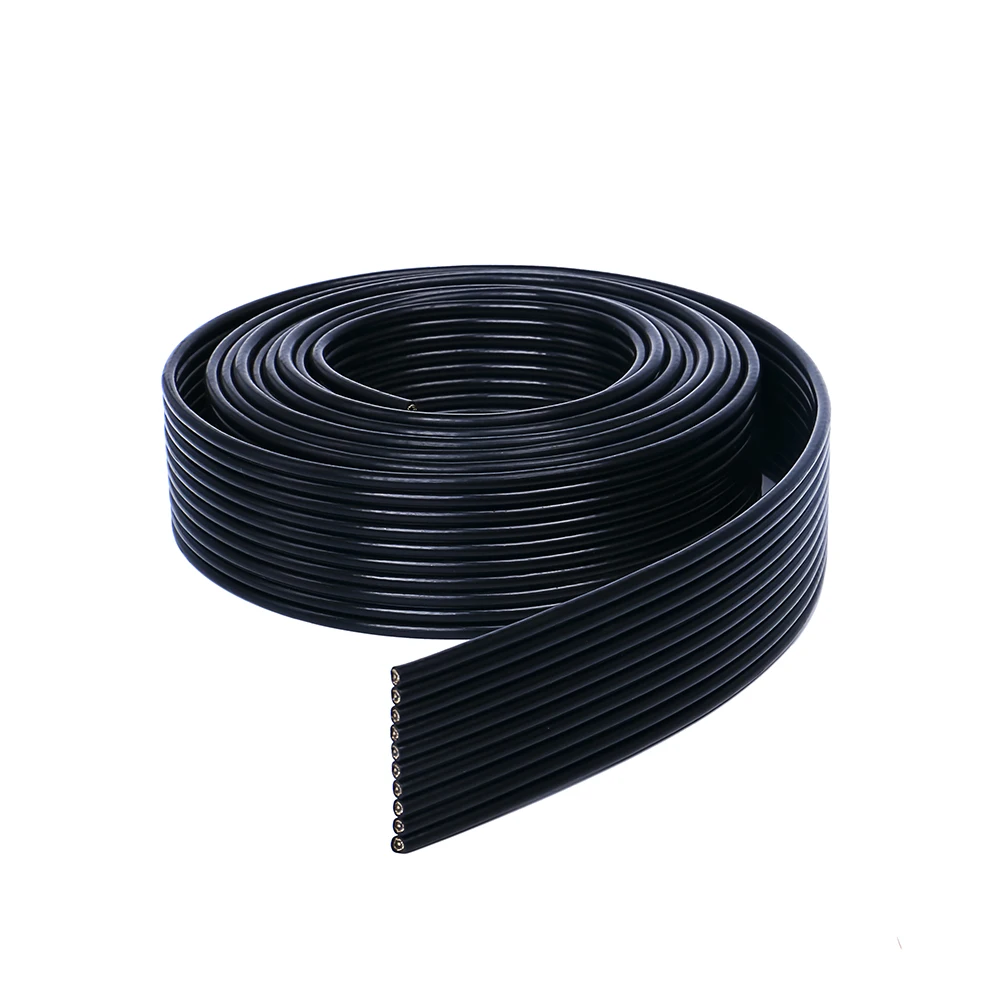Email format error
Email cannot be empty
Email already exists
6-20 characters(letters plus numbers only)
The password is inconsistent
Email format error
Email cannot be empty
Email does not exist
6-20 characters(letters plus numbers only)
The password is inconsistent

News at Linke
News from National Cable And Wire Manufacturing Company.

Thin, Light, and Agile: Exploring the Features of Flexible Flat Cables
In today’s fast-paced world, technology is constantly evolving, demanding innovative solutions for connectivity. Flexible flat cables (FFCs) have emerged as a game-changer, offering a range of features that make them ideal for various applications. In this blog, we will delve into the characteristics of flexible flat cables, highlighting their thinness, lightness, and agility. Discover how these cables are revolutionizing connectivity and paving the way for advancements in various industries.
Thinness:
One of the standout features of flexible flat cables is their remarkable thinness. These cables consist of multiple conductors arranged in a flat, ribbon-like structure, allowing them to be incredibly slim. The thin profile of FFCs enables them to fit into tight spaces, making them ideal for compact electronic devices where space is at a premium. Their thinness also reduces signal interference and crosstalk, ensuring reliable and efficient data transmission.
Lightness:
Flexible flat cables are not only thin but also exceptionally lightweight. This characteristic makes them highly versatile and suitable for applications where weight reduction is crucial. The lightweight nature of FFCs contributes to improved portability and ease of installation, making them an excellent choice for industries such as aerospace, automotive, and consumer electronics.
Agility:
The agility of flexible flat cables is another key feature that sets them apart. FFCs can be easily bent, folded, or twisted without compromising their functionality. This flexibility allows for seamless integration into complex and irregularly shaped designs, providing greater design freedom for engineers and designers. The agility of FFCs also simplifies installation and maintenance, reducing the risk of cable damage and enhancing overall system reliability.
Conclusion:
Flexible flat cables, with their thinness, lightness, and agility, have become a preferred choice for connectivity solutions in various industries. Their slim profile allows for efficient use of space, while their lightweight nature contributes to improved portability. The agility of FFCs enables them to adapt to complex designs and ensures hassle-free installation. As technology continues to advance, the demand for flexible flat cables is on the rise. As Chinese flat cable manufacturers with expertise in cable production, we are at the forefront of producing high-quality flexible flat cables that meet the evolving needs of industries worldwide. Embracing the features of Chinese flexible flat cables opens up a world of possibilities for seamless connectivity and enhanced performance in diverse applications.

